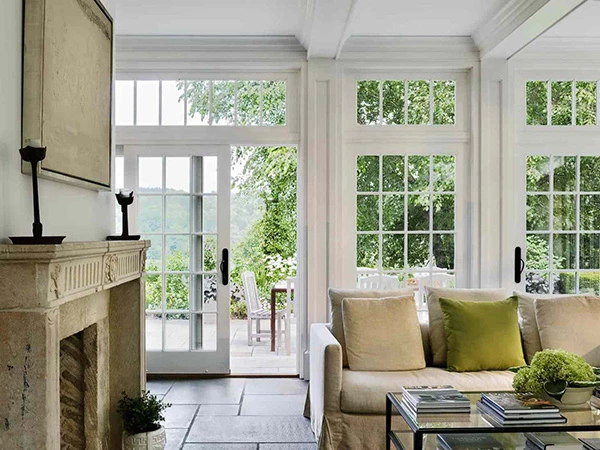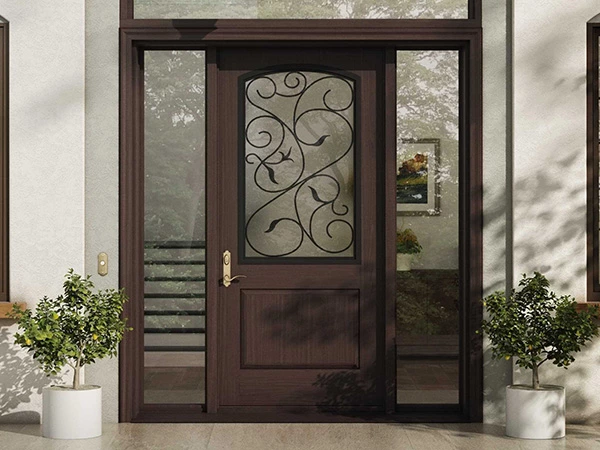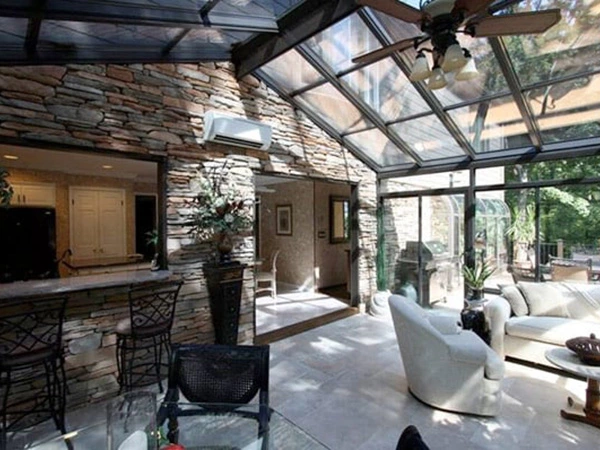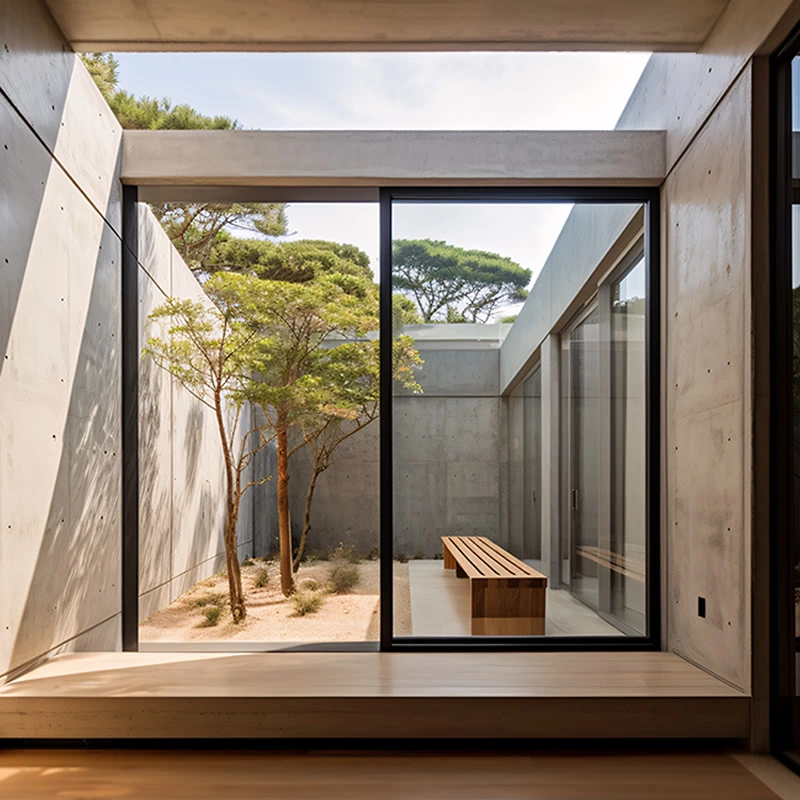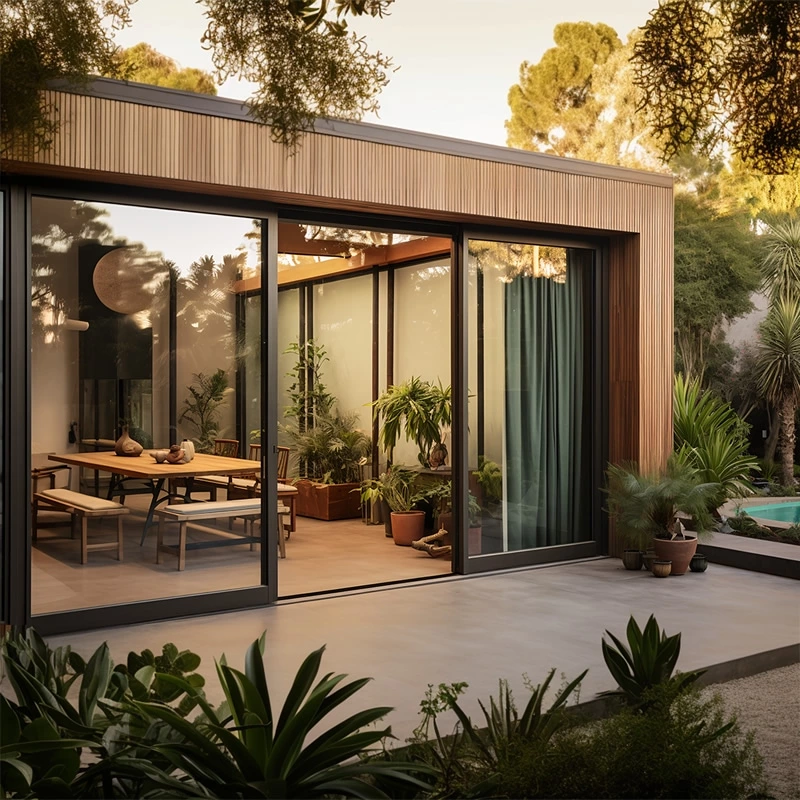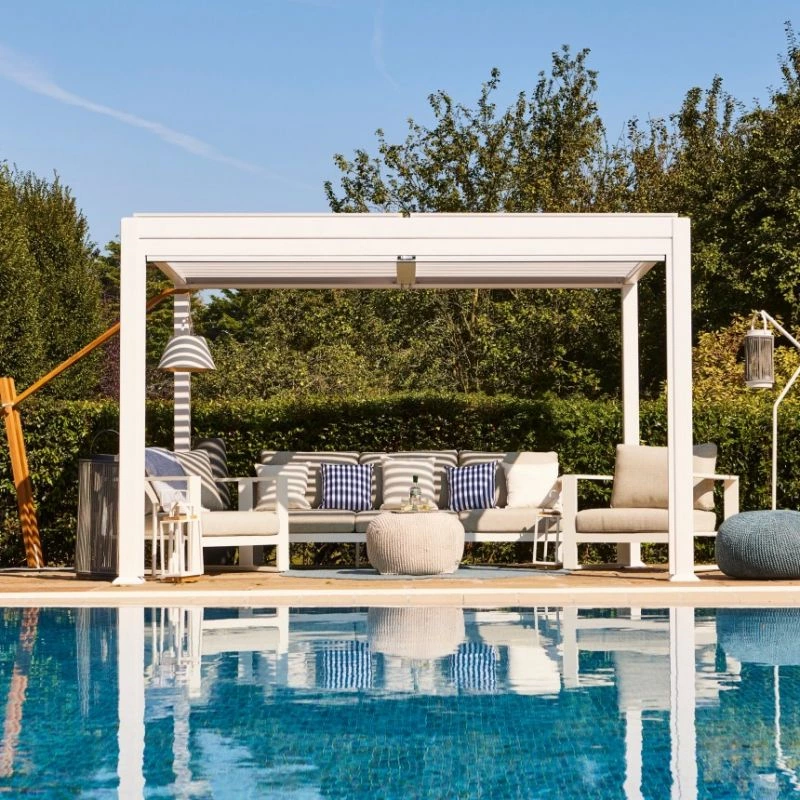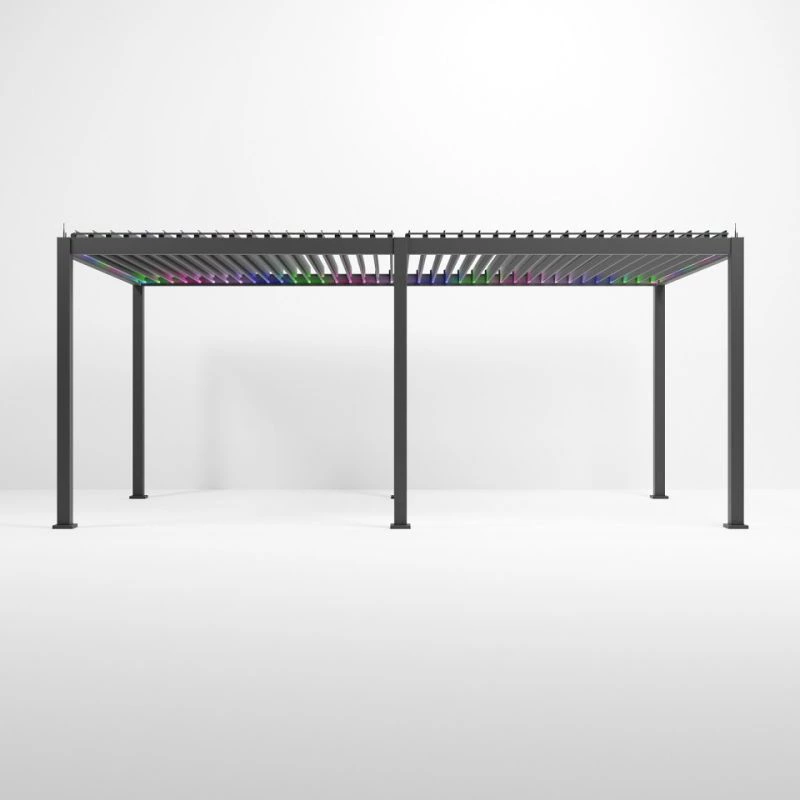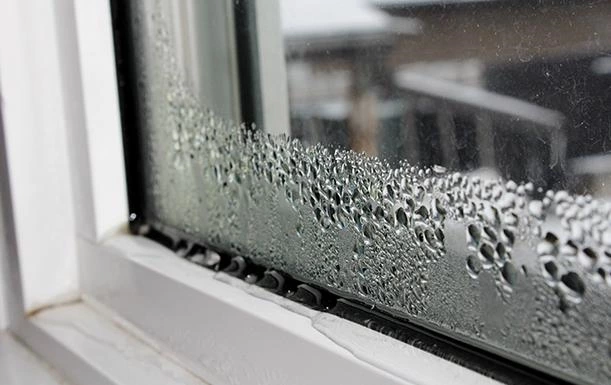
With the continuous advancement of construction technology, more and more homeowners prefer to choose large-area glass doors and sliding doors during home decoration. This not only enhances the lighting effect but also creates a spacious and bright living space. However, after the doors and windows are used for a long time, especially during rainy weather, if the design, construction, or maintenance is not done properly, problems such as "leaking doors and windows" may occur. This not only affects the home usage experience but may also cause indoor walls and floors to get damp and moldy, posing health risks. This article focuses on the topic of "leaking doors and windows", providing in-depth explanations from common causes, hazards, detection and diagnosis, repair and waterproofing measures, and daily maintenance. It helps homeowners and decoration professionals understand how to effectively prevent and solve the problem of door and window leakage.
Common causes of water leakage in doors and Windows
1.Structural design and construction defects
- Insufficient drainage slope: Between the window frame and the exterior wall, if the drainage slope design does not comply with the standards, rainwater cannot flow smoothly and is prone to accumulate and seep into the interior.
- The minimum slope should be no less than 3° (approximately 5.2% gradient), and the optimal recommendation is 5° (approximately 8.8%) to 10° (approximately 17.6%), as this will facilitate the faster drainage of rainwater to the outside.
- Insufficient waterproof layer or rough construction: Some decoration teams neglect the detailed waterproofing treatment around doors and windows during construction. They fail to lay waterproof sheets or flexible waterproof coatings at the interface between window casings and the exterior walls, resulting in easy leakage at the gaps.
- Inadequate design of window sills or rain gutters: If there is insufficient overhang distance between the window sill and the exterior wall or no drip gutter is installed, rainwater will flow directly down the wall and enter the gaps around the doors and windows.
2.Aging and quality issues of sealing materials
- Cracking or peeling of sealant: Over time, the sealant at the connection between the window frame and the wall will gradually age due to factors such as ultraviolet radiation and temperature changes, resulting in cracking and peeling, and failing to provide effective waterproofing.
- The rubber strips around the Windows lose their elasticity: During long-term use, the sealing rubber strips of doors and Windows made of materials such as aluminum alloy and plastic steel will harden, resulting in poor sealing and the formation of gaps.
3.The window sash does not fit tightly with the window frame
- The window sash is not installed straight: If the window sash is not installed level and flat, there will be deviations when opening and closing, resulting in an airtight seal.
- Loose or damaged window hardware fittings: Uneven pressure between the closed lock points or loose window sash hinges will leave tiny gaps after the door and window are closed, making it easy for rainwater to seep in through these gaps.
4. Adverse weather and natural environmental influences
- Strong wind and heavy rain impact: In windy weather, rainwater often strikes doors and Windows in a slanting or splashing manner. Especially when the sealing between the window sash and the window frame is poor, it is easy to cause obvious leakage.
- Building settlement or slight foundation movement: In the early stage of occupancy in a newly built community or house, due to settlement, the exterior walls may slightly shift, causing gaps in the connection joints between doors, Windows and walls.
The hazards of water leakage in doors and Windows
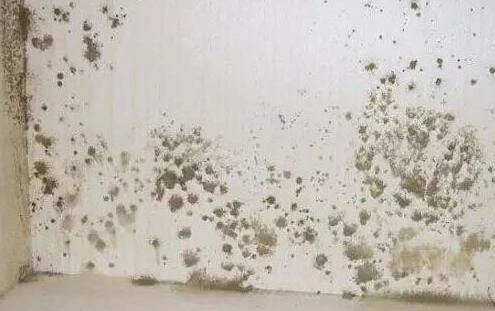
1.Damage to interior decoration
- Peeling and mold on the wall: Moisture seeps into the wall for a long time, causing the wall paint to peel off and mold. In severe cases, it needs to be removed and redone.
- Bulging or peeling of the floor or floor tiles: Wooden floors expand and deform when exposed to water, and floor tiles lose their adhesive force due to water infiltration, which damages the appearance and practicality of the floor.
2.Home environment and health issues
- Elevated air humidity: Excessively high indoor humidity not only makes people feel stuffy and uncomfortable but also easily leads to the growth of mold and bacteria, triggering respiratory diseases.
- Furniture and electrical appliances getting damp: Sofas, wooden furniture, electronic products, etc. that are exposed to a damp environment for a long time will have a shortened lifespan and an increased risk of functional failure.
3.potential safety hazard
- Moisture in the wall insulation layer: When the energy-saving insulation layer becomes saturated due to moisture, its insulation performance declines, affecting the energy-saving effect of the building.
- Water seepage leads to structural hazards: If water leaks around doors and Windows for a long time, the moisture will erode the wall's reinforcing bars, causing them to rust and reducing their load-bearing capacity, which will affect the safety of floor slabs and exterior wall structures.
Detection and diagnosis methods for water leakage in doors and Windows
1.visual check
- Observe the gap between the window frame and the wall: Rule out whether the gap left during the installation of the window frame is too large, and check if there is any cracking or peeling of the sealant.
- Inspect the contact surface between the window sill and the exterior wall: Check if the window sill is flat, if one side is lower than the other (causing water accumulation), and if a drip trough is set up.
2.Water tightness performance test (On-site simulation)
- Manual spray test: Use high-pressure water guns or simulated rainfall equipment to spray doors and Windows at different angles and under different water pressures, and observe whether there is any water seepage inside the room.
- Static water level test: Accumulate water in the window sill area for 7 to 15 minutes, then observe if there is any seepage. This can initially determine whether the lower edge or sealing area of the door or window is intact.
3.Infrared thermal imaging detection
- Scan the walls around the doors and Windows with an infrared thermal imager to identify areas with abnormal temperatures. The location of water seepage is often accompanied by a drop in wall temperature, and cold spots will appear in the infrared image, which helps to quickly locate the leakage point.
4.Detection instrument assistance
- Use a humidity meter to measure the moisture content of walls or floors. When the moisture content is significantly higher than the normal value (generally less than 8%), the area of water seepage can be determined.
Repair and waterproofing measures for leaking doors and Windows
1.Replace or repair the sealant and rubber strips
- Select high-quality sealant: It is recommended to use silicone structural sealant with stable performance, UV resistance and anti-aging properties. Fill the joints in accordance with the specifications to ensure that the gaps between the window sash and the window frame, as well as between the window frame and the wall, are uniform and dense.
- Replace aged rubber strips: Select original or equivalent performance rubber strips according to the door and window model to ensure elastic and tight fit, and keep them clean and dust-free during installation.
2.Repair the waterproof layer at the interface between the exterior wall and the window casing
- Re-lay the waterproof membrane: After cutting and cleaning the walls around the window casing, apply or lay reliable waterproof material to fully wrap the bottom and sides of the window casing, forming a closed waterproof layer.
- Install a drainage system: If the window sill does not have a drip trough, a groove can be made at the bottom of the window sill or a metal drip strip can be installed to ensure that rainwater can be discharged in time and prevent water from seeping into the window frame along the wall.
3.Optimize the design of the drainage cavities for doors and Windows
- For sliding Windows or casement Windows, when the drainage holes or pipes from the inside out are blocked, fine iron wire or special tools should be used regularly to clear them to ensure smooth drainage.
- If the existing design fails to meet the drainage requirements, it is advisable to consider renovating or adding drainage outlets, while maintaining a slope of no less than 2°.
4.Strengthen the fit between the window sash and the window frame
- Adjust the closing state of the window sash: When installing the hardware fittings for doors and Windows, it is necessary to ensure that the levelness and verticality of the window sash meet the requirements, and the pressure at the locking points is uniform to achieve a better tight sealing effect.
- Replace the hardware accessories with quality issues: If the window hinges, lock points or pulleys are rusty, loose or damaged, they should be replaced in time to avoid window sash misalignment and water leakage caused by accessory failure.
5.Secondary treatment of exterior walls and waterproof joints
- For doors and Windows in old residential areas or those undergoing secondary renovation, a second waterproofing treatment can be carried out at the junction of the window casing and the exterior wall. For instance, high-elasticity polyurethane waterproof coating can be applied at the joints to form an independent waterproof barrier and enhance the anti-seepage performance.
Daily maintenance for preventing water leakage in doors and Windows
1.Clean the drainage ditches and drainage holes regularly
- Especially before the rainy season comes, use a small brush or thin thread to remove dust, mosquitoes and debris from the drainage holes under the Windows to keep the drainage holes unobstructed.
2.Inspect and maintain the sealant and rubber strips
- It is recommended to conduct a visual inspection of the sealant around the doors and Windows once a year. If any cracking, bubbling or peeling is found, clean it up in time and replenish or replace it.
- The principle of "visible damage" should be implemented for the rubber strips. If the color becomes lighter or the elasticity weakens, they should be replaced in time to ensure the sealing effect.
3.Apply the exterior wall waterproof layer
- If the exterior walls around the doors and Windows are coated with waterproof mortar or paint, maintenance and renovation can be carried out every 2 to 3 years to enhance the waterproofing capacity of the walls and prevent the expansion of cracks.
4.Pay attention to the climate changes during the rainy season and regularly check the condition of doors and Windows
- Before and after heavy rainfall, carefully check if there are any signs of mold, dampness or water accumulation on the ground indoors, and take timely countermeasures.
- After extreme weather, pay attention to checking whether the doors and Windows are loose or deformed. If necessary, please have them repaired by professionals.
The importance of choosing high-quality doors and Windows
1.High-quality door and window brands and materials
- When making a purchase, priority should be given to door and window products with waterproof performance certifications such as CE and ISO, such as metal doors and Windows with high weather resistance levels and sliding Windows with three sealing strips.
- In terms of material, aluminum alloy Windows have the advantages of light weight, high strength and being less prone to deformation. Plastic-steel Windows have good heat insulation performance. The broken bridge aluminum window combines the advantages of both and should be reasonably selected based on the climate and budget.
2.Cost performance and installation services
- When purchasing doors and Windows, pay attention to the production and inspection process of the manufacturer and the qualifications of the installation team to ensure that on-site construction is carried out strictly in accordance with the product manual, and avoid leakage caused by substandard installation quality.
- Some brands offer lifetime warranty or multi-year after-sales service, which can promptly respond to quality issues such as water leakage, making homeowners feel more at ease when using them.
3.Energy conservation and environmental protection considerations
- Modern doors and Windows mostly adopt energy-saving technologies such as double-glazed glass and Low-E glass. Besides enhancing the heat insulation effect, they can also reduce the risk of water seepage caused by condensation on the window frames.
- When making a purchase, one should consider the comprehensive performance such as wind resistance, water resistance, sound insulation and heat preservation, in order to achieve the best usage effect and reduce the maintenance cost in the later stage.
Epilogue
Doors and Windows in buildings not only undertake the functions of lighting and ventilation, but also directly affect the comfort of living and the waterproof performance of the house. Through the comprehensive analysis of the causes, hazards, detection, repair and preventive measures of water leakage in doors and Windows in this article, we can find that timely identification of problems, selection of qualified materials, reasonable installation and regular maintenance are the keys to eliminating water leakage in doors and Windows. For property owners, in addition to doing a good job in design and material selection before decoration, they should also develop the good habit of regularly checking doors and Windows in daily life, and promptly repair leaks, reinforce and seal them. Only in this way can they avoid the economic losses and life troubles caused by water leakage to the greatest extent. In conclusion, "prevention" is always the most worry-free and cost-effective solution to door and window leakage.If you have the idea of replacing your doors or windows, you can visit our official website. We offer custom services. Welcome to contact us!
